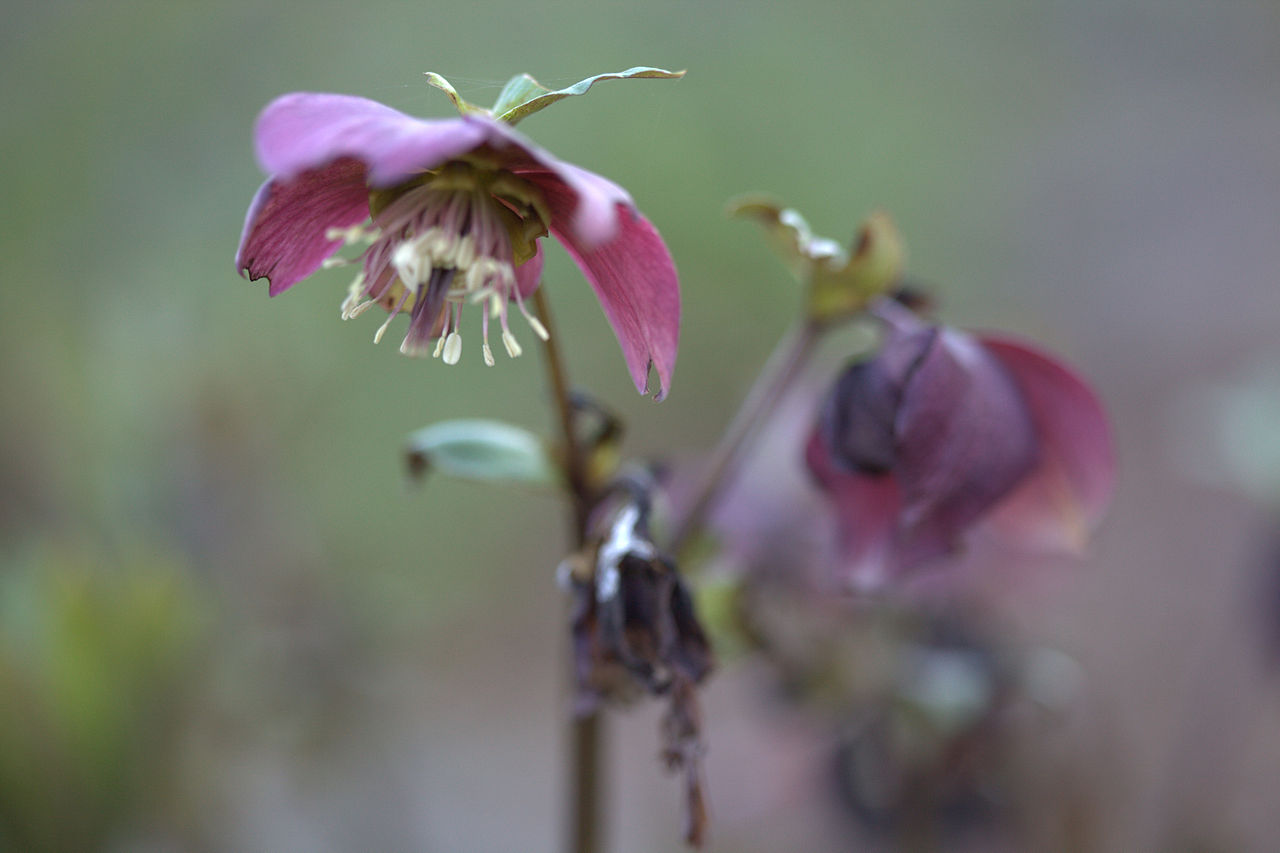Hi, welcome to the Nuacht Chláir’s new gardening section. Join me each issue for an indepth plant profile, some plants old and some plants new. No matter how long these plants have been in existence, all are sure to enhance your garden during the following months. Each issue I will also provide you with diary of tasks for the upcoming weeks in the garden. So, let’s begin with this issues VIP (very important plants).
Helleborus Orientalis
This perennial may be known as Helleborus hybridus, although the more common name is the Lenten rose. Like many common plant names, this can be deceiving as the plant is no relation to the rose. In fact, it is a closer relative of the common buttercup. Upon close inspection of the plant in bloom, the similarities to the buttercup flower are apparent.
The Lenten rose which is a form of hellebore originated in Greece and Turkey, but can be seen in gardens throughout Ireland due to its great addition of late winter colour. This colour, namely the large down-turned bowl shaped flowers are held above sparse leathery foliage. “Like a scolded schoolboys head hung in shame”, this is how these down-turned pinky-purple flowers were once described to me by a tutor. Blooming length is impressive, expect colour from February right through until the end of April (this may explain the name Lenten rose).
The planting location for Helleborus orientalis should be semi-shaded and sheltered from cold winter winds. A growing soil moist, rich and alkaline is required to produce exceptionally vibrant flowers. Water the plant well during dry periods as moist conditions are important to this useful perennial. Ensure a position is selected to allow the plant to grow to a height of 0.6 metres (2ft); with a similar spread.
I would suggest spreading a layer of well-rotted compost around this hellebore after it has finished flowering, the compost will help feed the plant whilst retaining moisture. If you have an overgrown hellebore specimen or simply wish to create more plants of the same by division, then you are free to do so directly after flowering is finished.
Good points
Great for planting beneath deciduous shrubs, Helleborus orientalis will provide winter leaf and flower colour. A tough and low maintenance perennial, No staking or complicated pruning required. A pretty cut flower, blooms will last up to ten days in water. Rabbit and hare proof, these vermin find the Lenten rose unpalatable.
Poor points
Like most Hellebores, Helleborus orientalis contains saponin, which is a poisonous irritant. This more than likely is the reason why vermin find the Lenten rose unpalatable. Let me take this opportunity to advise care where children and hellebores are concerned as eating any part of the plant will result in an adverse reaction.
Main pests and diseases
- Downey mildew, due to the moist growing conditions.
- Hellebore leaf blotch, although Helleborus orientalis is one of the more resistant varieties to this disease.
- Aphids, this pest is common to many perennials.
- Slugs, if you are a perennial with soft growth, then these pests will pay you an occasional visit.
Garden tasks for February
- Continue planting bare-root trees, hedging and shrubs. Do not plant if the soil is wet or sticky.
- Sow bedding plant and vegetable seeds in a greenhouse or on an indoor windowsill.
- Prune floribunda and hybrid-tea roses.
- Protect soft leaved plant especially perennials from slugs and snails. Apply slug pellets whilst new shoots are emerging.
So until next month, happy gardening and remember that a weed is just a plant in the wrong place.
James Kilkelly runs a garden and landscape design service just outside the village of Monivea. If you would like to view sample design drawings or simply pick up some design tips then visit his website www.gardenplansireland.com or contact James by phone on 087 206 7846.


